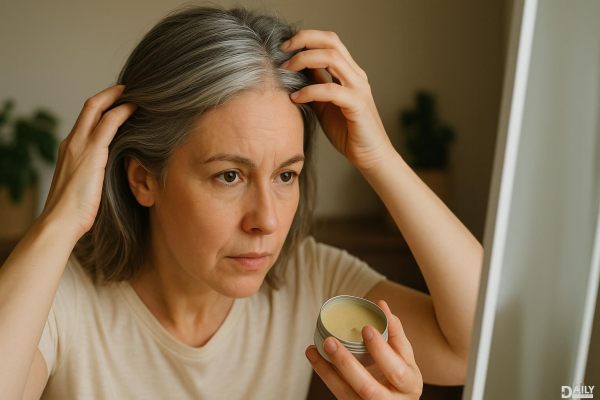If you’re wondering where to test cologne for the most accurate, long-lasting scent results, the answer is simple: your skin. While spraying it on a test strip or your clothes might give you a quick idea, your skin’s unique chemistry is the ultimate litmus test for how a fragrance will perform throughout the day. Your body heat, pH levels, and even your diet can influence how a scent develops and lingers. So, if you’re serious about finding a cologne that works for you, skip the shortcuts and go straight to the source—your wrist or inner elbow.

Your skin isn’t just a canvas for fragrance—it’s an active participant in the scent experience. When you spray cologne on your skin, the oils and moisture interact with the fragrance’s notes, creating a unique aroma that’s tailored to you. This is why the same cologne can smell completely different on two people. For example, someone with oilier skin might notice that a fragrance lasts longer, while someone with drier skin might find it fades faster. Testing on your skin also allows you to experience the full evolution of the scent, from the initial top notes to the deeper base notes that emerge hours later.
Fragrances are designed to react with your skin’s natural chemistry. The top notes—the first scents you smell—are typically lighter and evaporate quickly. As the fragrance settles, the middle and base notes come into play, creating a more complex aroma. Your skin’s pH level, which can vary based on factors like sweat and skincare products, can amplify or mute certain notes. For instance, acidic skin might make a citrusy cologne smell sharper, while alkaline skin could soften it. This is why testing on your skin gives you the most accurate representation of how a cologne will smell on you specifically.
To get the best results, start by spraying a small amount of cologne on your wrist or inner elbow. These areas have a good balance of warmth and blood flow, which helps the fragrance develop fully. Avoid rubbing the cologne into your skin, as this can break down the scent molecules and alter the fragrance. Instead, let it dry naturally and give it time to settle. Smell it immediately, then check back after 15 minutes, an hour, and a few hours to see how it evolves. This process will help you determine not only if you like the scent but also how long it lasts on your skin.
One of the biggest mistakes people make when testing cologne is overloading their senses. If you spray too many fragrances at once, your nose can become overwhelmed, making it hard to distinguish between them. Stick to testing no more than three scents in one session, and take breaks in between to reset your olfactory senses. Another mistake is testing cologne on paper strips exclusively. While these can give you a quick snapshot of the scent, they don’t account for how it will interact with your skin. Always follow up with a skin test to get the full picture.
Once you’ve found a cologne that works for you, there are a few tricks to make it last even longer. Start by applying it to pulse points—areas like your wrists, neck, and behind your ears where your body heat is strongest. This helps the fragrance diffuse more effectively. You can also layer your cologne with a matching body wash or lotion to create a more intense scent experience. Finally, store your cologne in a cool, dark place to preserve its integrity. Heat and light can break down the fragrance molecules, shortening its lifespan.
Testing cologne on your skin is the best way to ensure you’re getting a fragrance that suits your unique chemistry and lasts throughout the day. By understanding how your skin interacts with scent and following a few simple testing tips, you can find a cologne that not only smells great but also feels like it was made just for you. So next time you’re in the fragrance aisle, skip the test strips and go straight to your wrist—your nose (and your skin) will thank you.
























